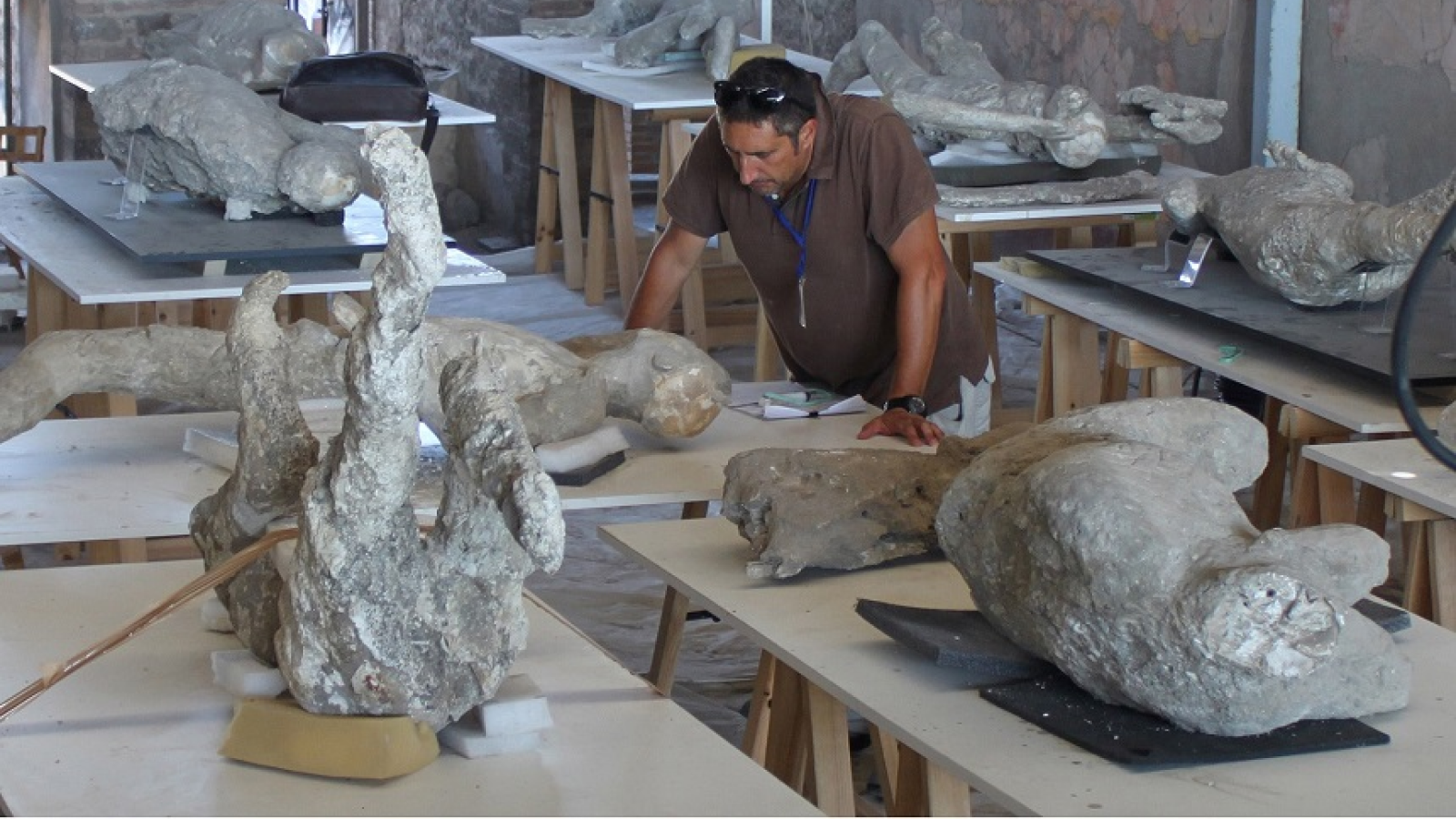Ancient Jerusalem Tower Is (Much) Younger Than Thought

A stone tower that guarded a precious water supply for the ancient city of Jerusalem isn't quite as old as previously thought, according to new results from an extremely precise dating technique.
The tower at Gihon Spring, a water source downhill from ancient Jerusalem, wasn't built in 1700 B.C., as archaeologists previously thought, but rather almost 1,000 years later, they found.
Researchers made the unexpected finding after excavations around the tower showed that its base was not built in bedrock. [In Photos: Pottery Vessel with Pensive Figurine Discovered in Israel]
"Underneath the boulders, the soil exhibits the layers typical of archaeological strata, and these can reveal the latest date that the site was occupied before the tower was built," Elisabetta Boaretto, head of the Weizmann Institute of Science's D-REAMS Radiocarbon Dating Laboratory in Israel, said in a statement.
After learning about the newfound layers, the archaeologists got to work.
"Getting one's hands dirty is all part of building a reliable chronology," said Boaretto, who is also a team leader within the Max Planck-Weizmann Center for Integrative Archaeology and Anthropology.
During the excavation, Boaretto and her colleagues found several clearly defined layers. Further investigations of these strata revealed the remains of charcoal, seeds and bones — organic matter that could be radiocarbon dated.
Get the world’s most fascinating discoveries delivered straight to your inbox.
Radiocarbon dating is a method that counts the atoms of a radioactive isotope of carbon called carbon-14 in a sample that was once alive, such as plant matter and animal or human remains. These carbon atoms decay at a known rate after the organism dies. Researchers at the Weizmann Institute of Science used an accelerator, which delivers highly accurate results, to count the carbon-14 atoms in the archaeological samples.
First, the researchers examined the mid-to-lower levels of sediment. Dates from these samples agreed with the originally proposed date of about 1700 B.C., which were initially based on dates from pottery and other artifacts.
"But there was another half-meter [1.6 feet] of sediment between the material we had dated and the large cornerstone," Boaretto said. "At a glance, we thought this might represent another few hundred years before the stone was placed."
Radiocarbon dating of organic matter in that sediment showed that these sequential layers were laid down between 900 B.C. and 800 B.C., moving the tower's likely construction date from the Middle Bronze Age to the more recent Iron Age.
At first, Boaretto and her colleagues wondered whether the new dates were indicative of later repairs made to the tower. But they later dismissed that idea because the boulders would have been too heavy to move, so the layers beneath them must be the original layers, they said.
"The conclusive, scientific dating of this massive tower, placing it in a later era than was presumed, will have repercussions for other attempts to date construction and occupation in ancient Jerusalem," she said.
The finding was done in partnership with the Israel Antiquities Authority.
Original article on Live Science.

Laura is the managing editor at Live Science. She also runs the archaeology section and the Life's Little Mysteries series. Her work has appeared in The New York Times, Scholastic, Popular Science and Spectrum, a site on autism research. She has won multiple awards from the Society of Professional Journalists and the Washington Newspaper Publishers Association for her reporting at a weekly newspaper near Seattle. Laura holds a bachelor's degree in English literature and psychology from Washington University in St. Louis and a master's degree in science writing from NYU.


